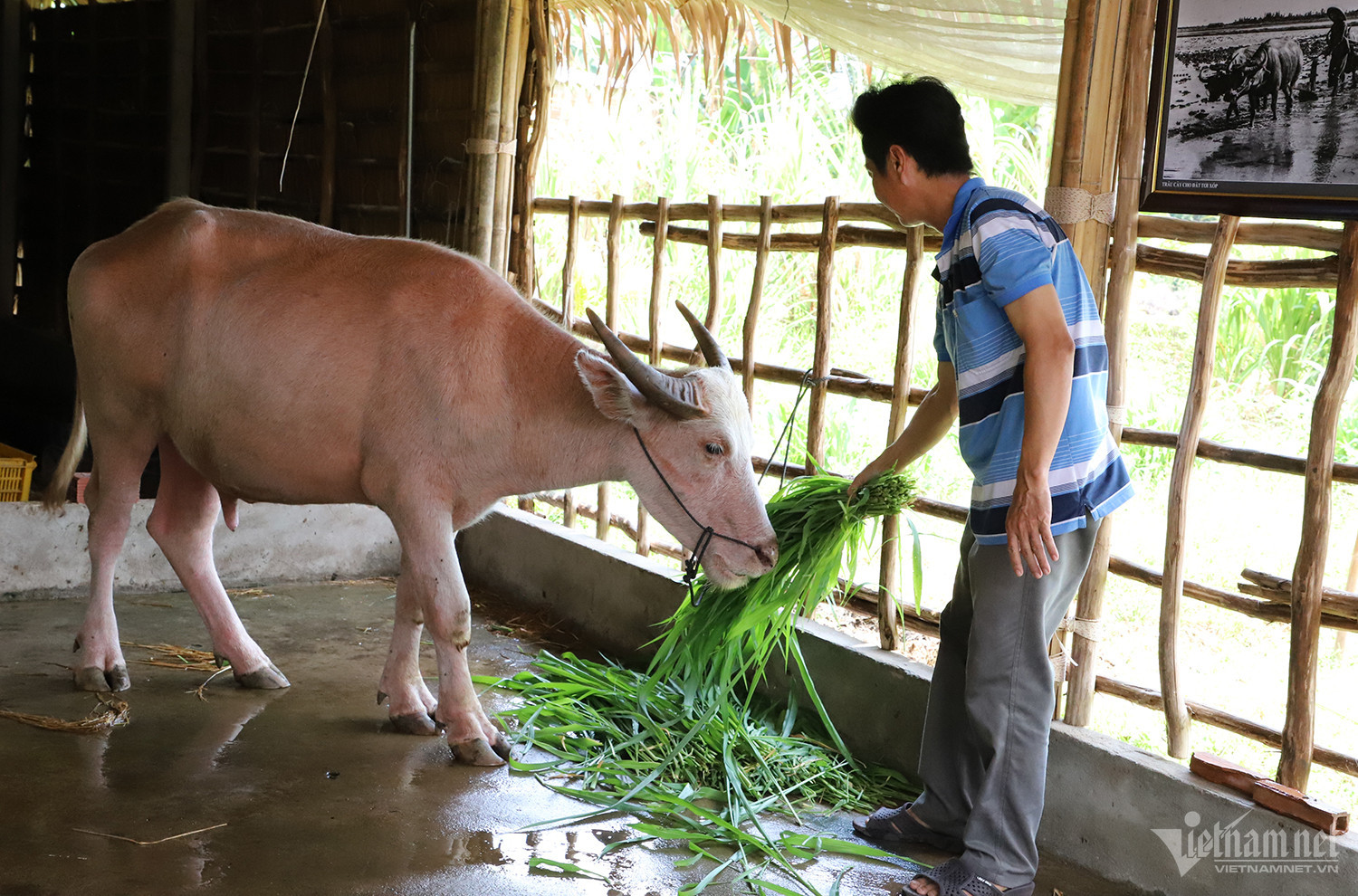
Mr. Le Van Cang (49 years old, residing in Con Son, Bui Huu Nghia ward, Binh Thuy district, Can Tho) said that a few weeks ago, he bought a 2-year-old male buffalo from a resident in An Giang and named it “Phao”. The buffalo’s parents were both normally black, but “Phao” had pink skin and white fur.
“This buffalo is likely a mutation, quite rare in the West. It took me a long time, through the traders, to know about this buffalo. When I came to buy it, I liked it right away, its smooth fur, flexible eyes and beautiful swirls (swirls on the buffalo's body). After many days of traveling by truck through provinces such as An Giang, Hau Giang , Can Tho, then by boat, I was able to bring the buffalo to Con Son wharf,” he said, refusing to disclose the amount of money he spent to buy the buffalo.
Every day, the buffaloes are bathed 2-3 times and fed their fill. In addition to elephant grass as the main food, he also feeds the buffaloes with previously stored dry straw. Buffalo manure is used to raise earthworms and fertilize ornamental plants, minimizing environmental pollution.
According to Mr. Cang, raising a “Phao” is like “taking care of a baby”. The barn needs to be airy and clean. During the day, the owner must scratch the buffalo’s back, stroke its head, and talk to it so that it understands him. At night, the buffalo needs to be covered with mosquito nets.
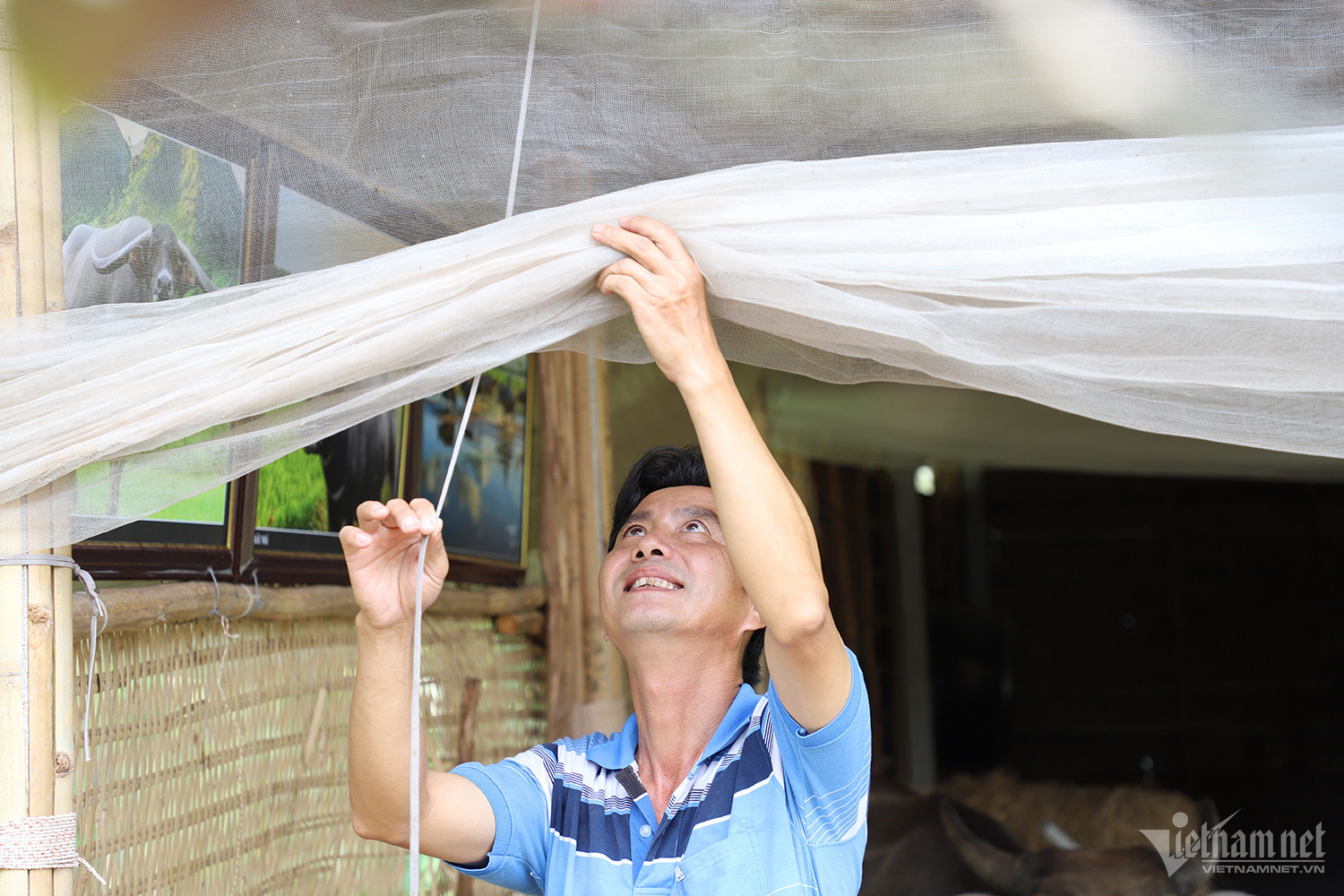
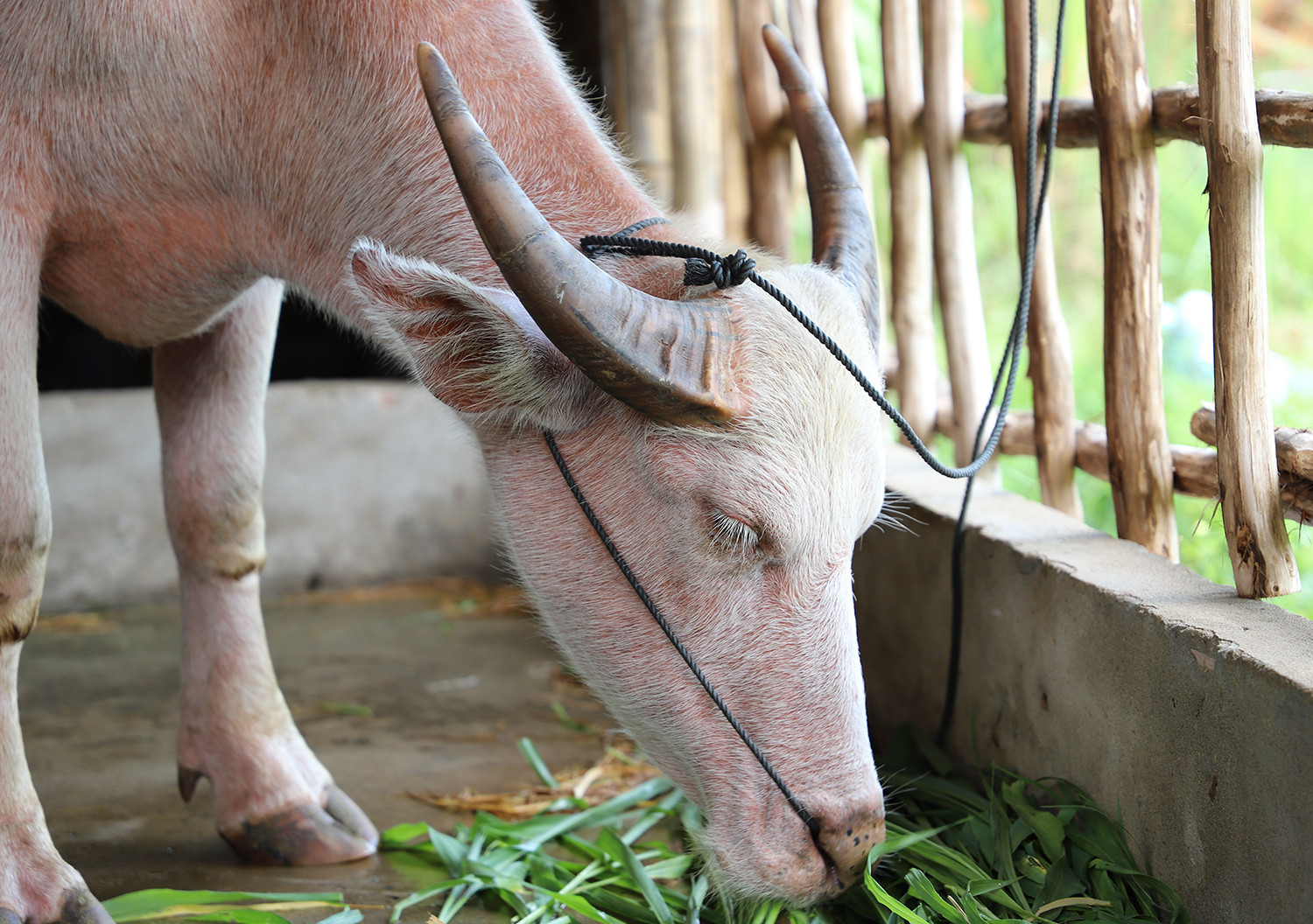
“The buffalo are very gentle. Having worked in agriculture for decades, I understand the habits of buffalo very well. It only takes 1-2 weeks to train them for tourists to ride on their backs,” Mr. Cang shared.
On average, more than 100 visitors visit Mr. Cang's garden every day, but since the "Fireworks" were installed, the number of visitors has doubled.
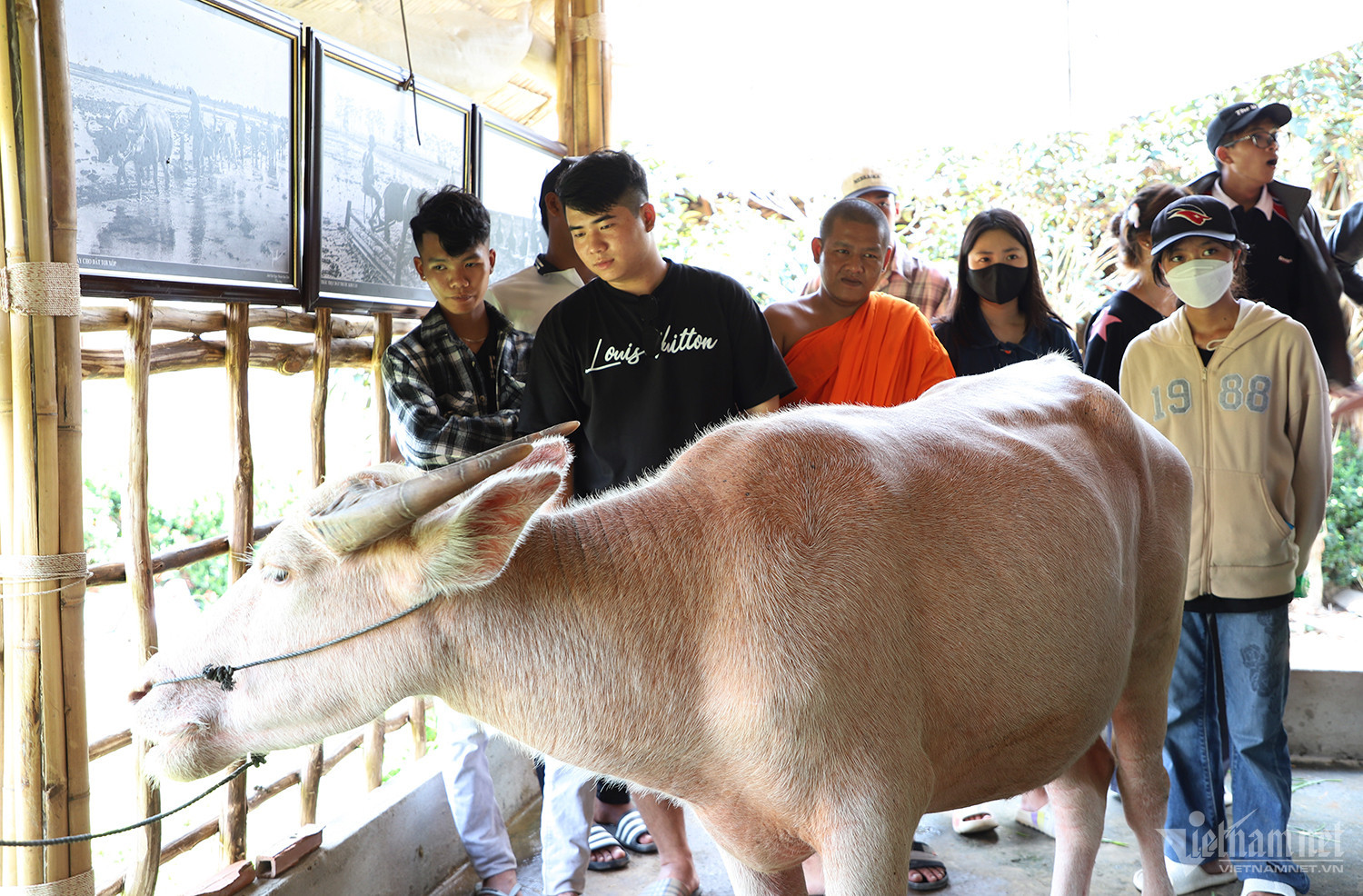
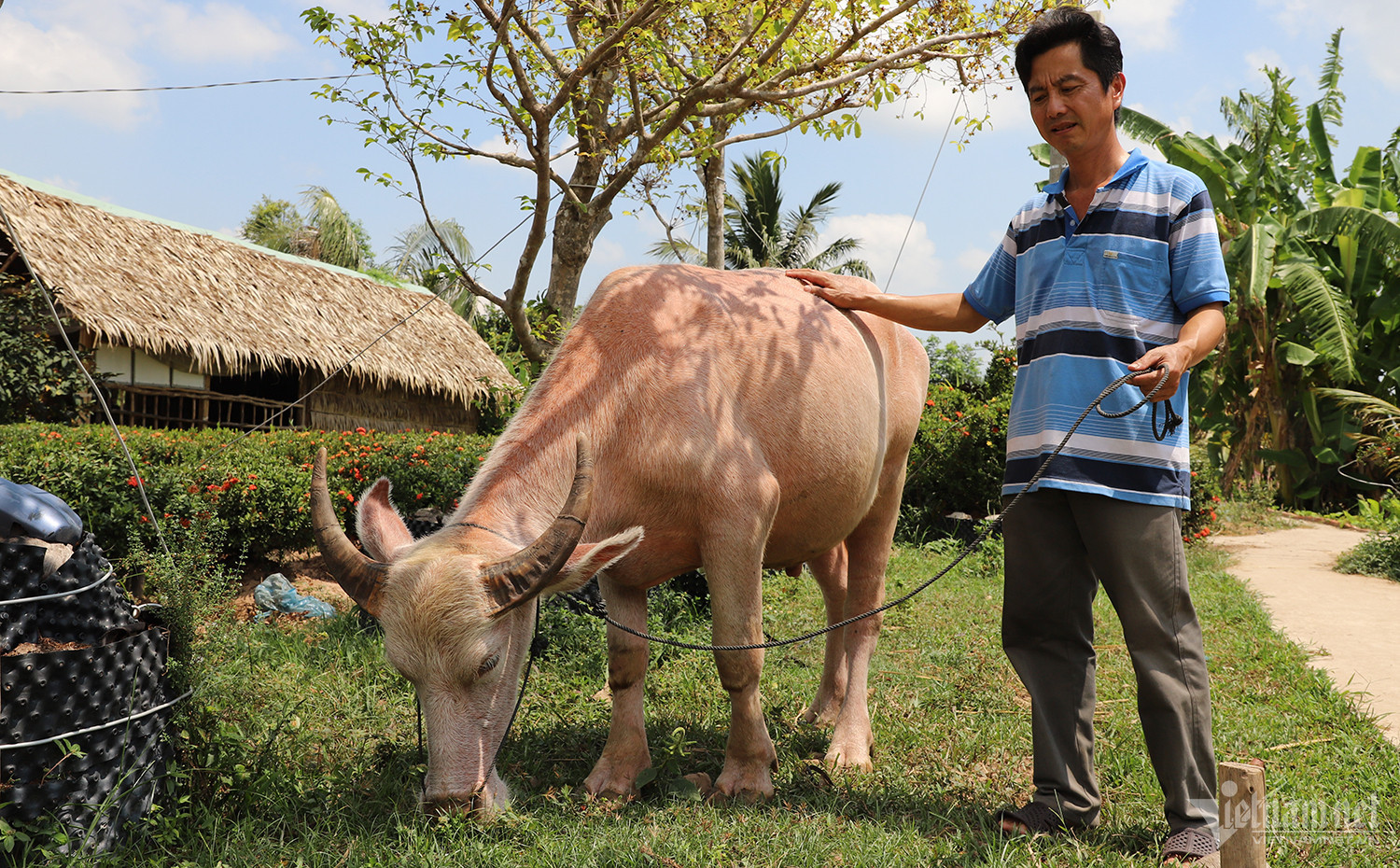
Mr. Nguyen Trong Ngu, Vice Principal of the College of Agriculture (Can Tho University) said that pink buffaloes, also known as albino buffaloes, are a rare mutation. Farmers often treasure and take good care of their buffaloes. In terms of activity and lifespan, albino buffaloes are not much different from black buffaloes.
Mr. Cang joined the Con Son Agricultural Tourism Cooperative in 2020. He started with the Southern folk cake making model and then created the unique "frog circus" performance.
“In Con Son, there are many interesting things like flying snakehead fish, fish drinking from bottles… I learned how to do it from those gardeners and then applied it to training frogs. Based on the frog’s habits, during the process of feeding and changing water, I will train it to fly through the hoop,” said Mr. Cang.
According to Mr. Cang, he has to create something different to attract tourists to visit. That's why he came up with the idea of raising unique and strange pets.
Con Son Agricultural Tourism Cooperative, covering an area of over 70 hectares, was established in 2015 with the main goal of agricultural production, combining tourism development and consumption of local agricultural products; preserving and promoting typical rural activities and cultural values of the river region.
Up to now, the cooperative has dozens of households as members providing products, vegetables, fruits, aquatic products, etc. to serve tourists. Usually, from April to July every year is the fruit season, coinciding with the summer, so many tourists come to experience the Mekong Delta.
When coming to Con Son, visitors can experience catching fish in ditches, digging for snails, picking vegetables, rowing a boat, experiencing being a farmer, watching flying snakehead fish, frog circus, etc. Homestays are also being formed here, developing more accommodation facilities to meet the increasingly diverse needs of visitors.
Source



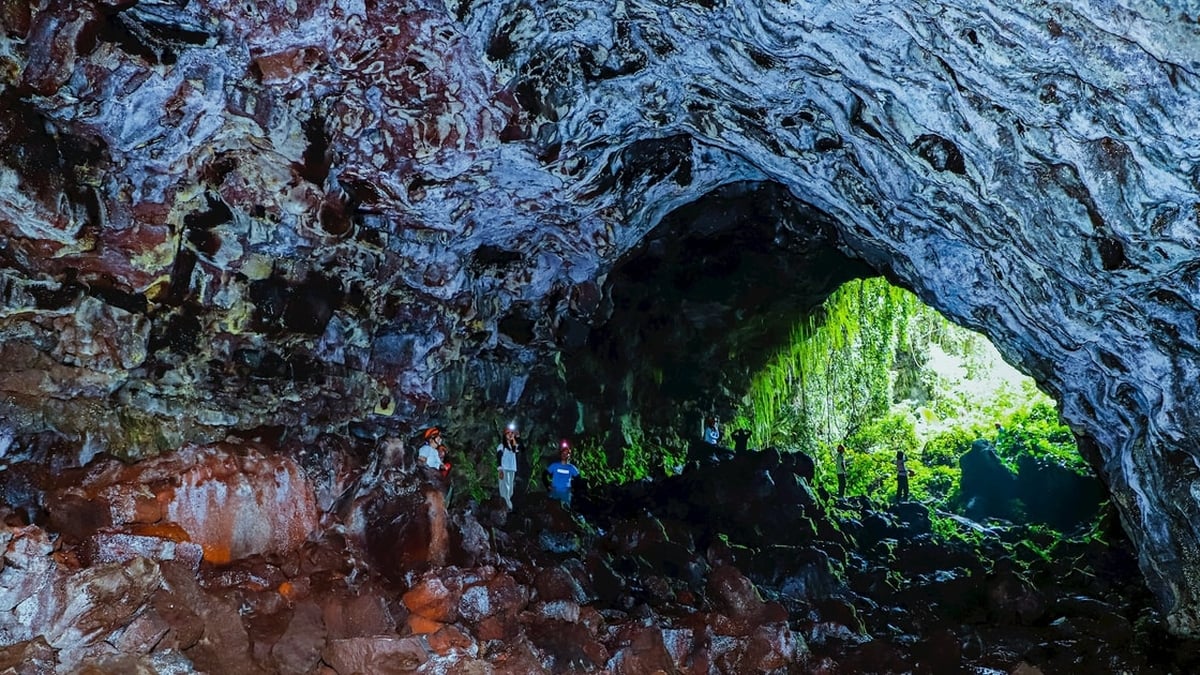



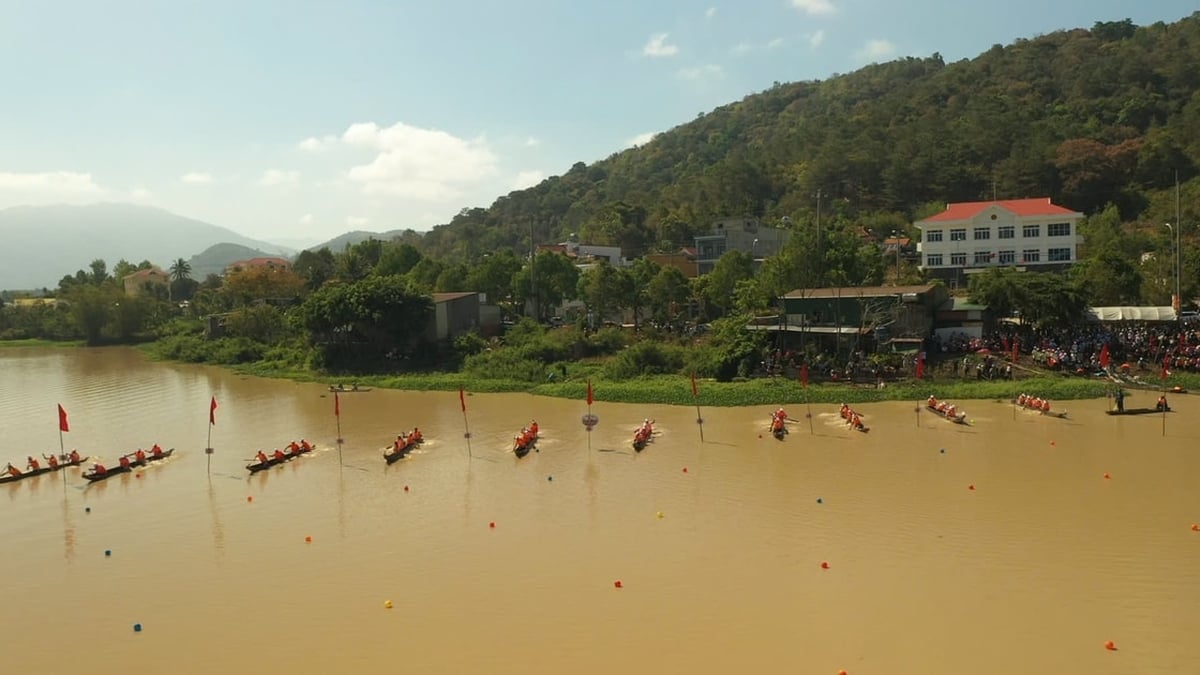
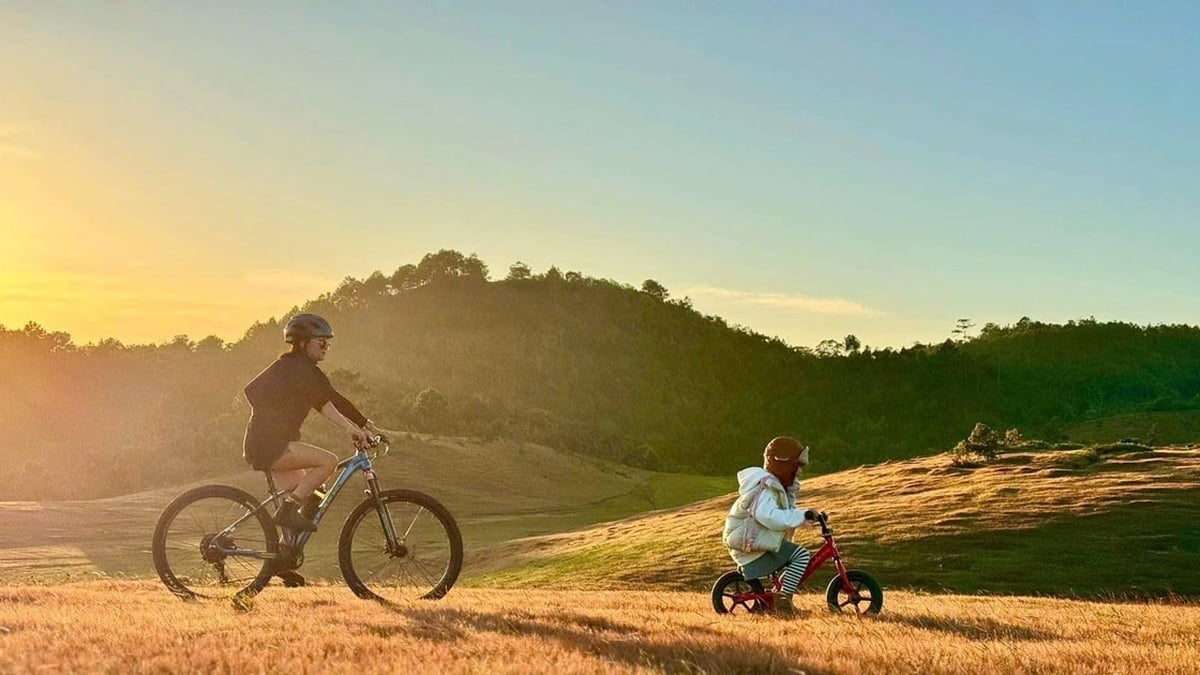
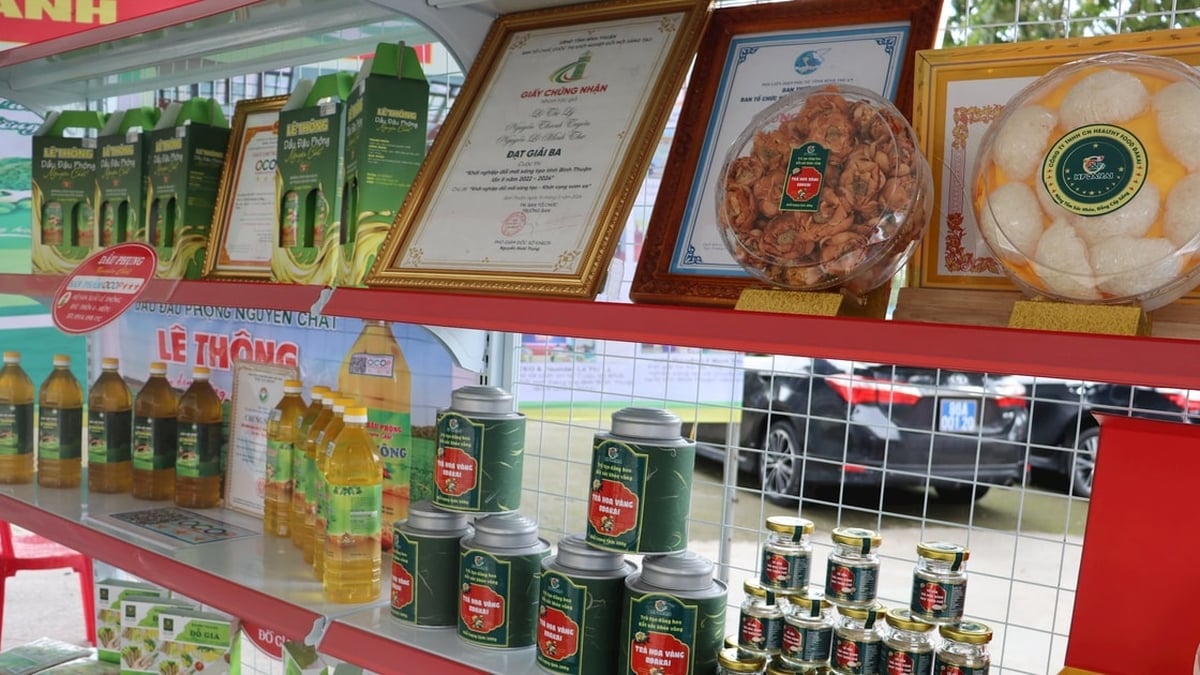

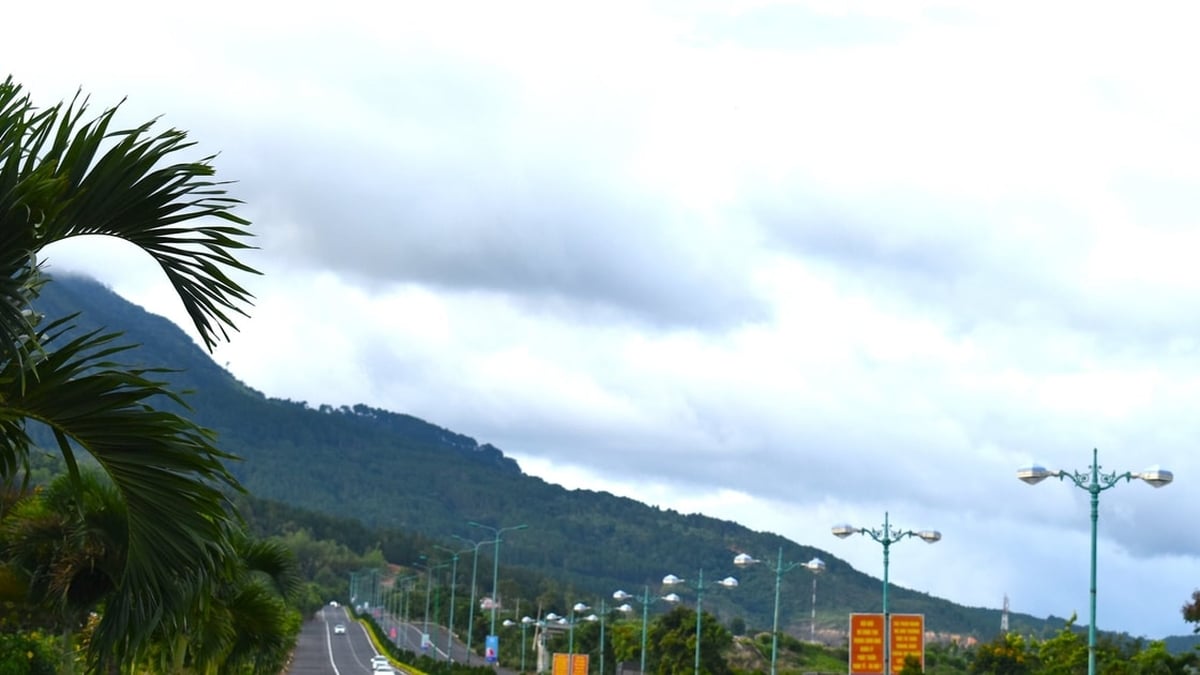






















































































Comment (0)